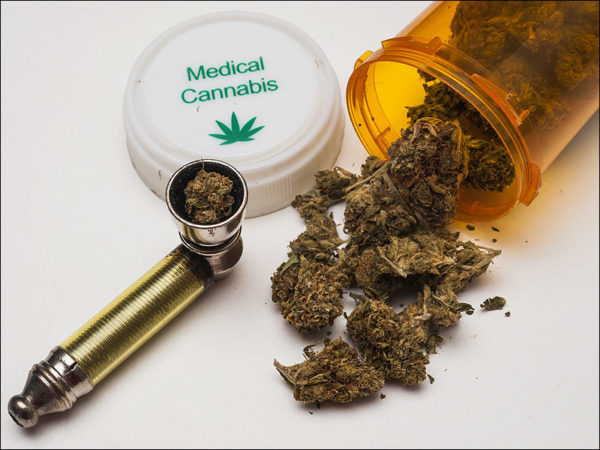Medical Marijuana: Benefits, Risks & State Laws
Medical Marijuana: Benefits, Risks & State Laws
Medical Marijuana is lawful in 26 expresses, the District of Columbia and Guam. Defenders of maryjane, supported by a few examinations, say the medication has numerous remedial employment. Adversaries — and the U.S. government — be that as it may, say it has a high potential for manhandling and no genuine remedial esteem.
 Medical Marijuana uses can be followed back as ahead of schedule as 2737 B.C., when the sovereign of China, Shen Neng, touted cannabis tea as a treatment for gout, ailment, intestinal sickness and even poor memory, composes Mitch Earleywine, a teacher of brain science at the State University of New York at Albany who examines medications and dependence, in “Understanding Marijuana: A New Look at the Scientific Evidence” (Oxford University Press, 2005). The medication’s prevalence as a solution spread all through Asia, the Middle East and afterward to Africa and India, where Hindu organizations utilized it for agony and stress help.
Medical Marijuana uses can be followed back as ahead of schedule as 2737 B.C., when the sovereign of China, Shen Neng, touted cannabis tea as a treatment for gout, ailment, intestinal sickness and even poor memory, composes Mitch Earleywine, a teacher of brain science at the State University of New York at Albany who examines medications and dependence, in “Understanding Marijuana: A New Look at the Scientific Evidence” (Oxford University Press, 2005). The medication’s prevalence as a solution spread all through Asia, the Middle East and afterward to Africa and India, where Hindu organizations utilized it for agony and stress help.
William O’Shaughnessy, an Irish specialist, advanced therapeutic utilization of cannabis in England and America subsequent to taking note of its belongings in India.
Be that as it may, by the late 1800s, with morphine compulsion wild in the United States, demeanors toward medications, for example, maryjane moved drastically. Accordingly, the Food and Drug Administration was framed in 1906. While maryjane wasn’t particularly specified in the first FDA rules, the move to control synthetic substances diminished its utilization as treatment.
By 1937, the Marihuana Tax Act [sic] forced such high duties on doctors recommending cannabis, retail drug specialists offering cannabis, and those developing therapeutic cannabis that it basically dropped out of support as a treatment.
